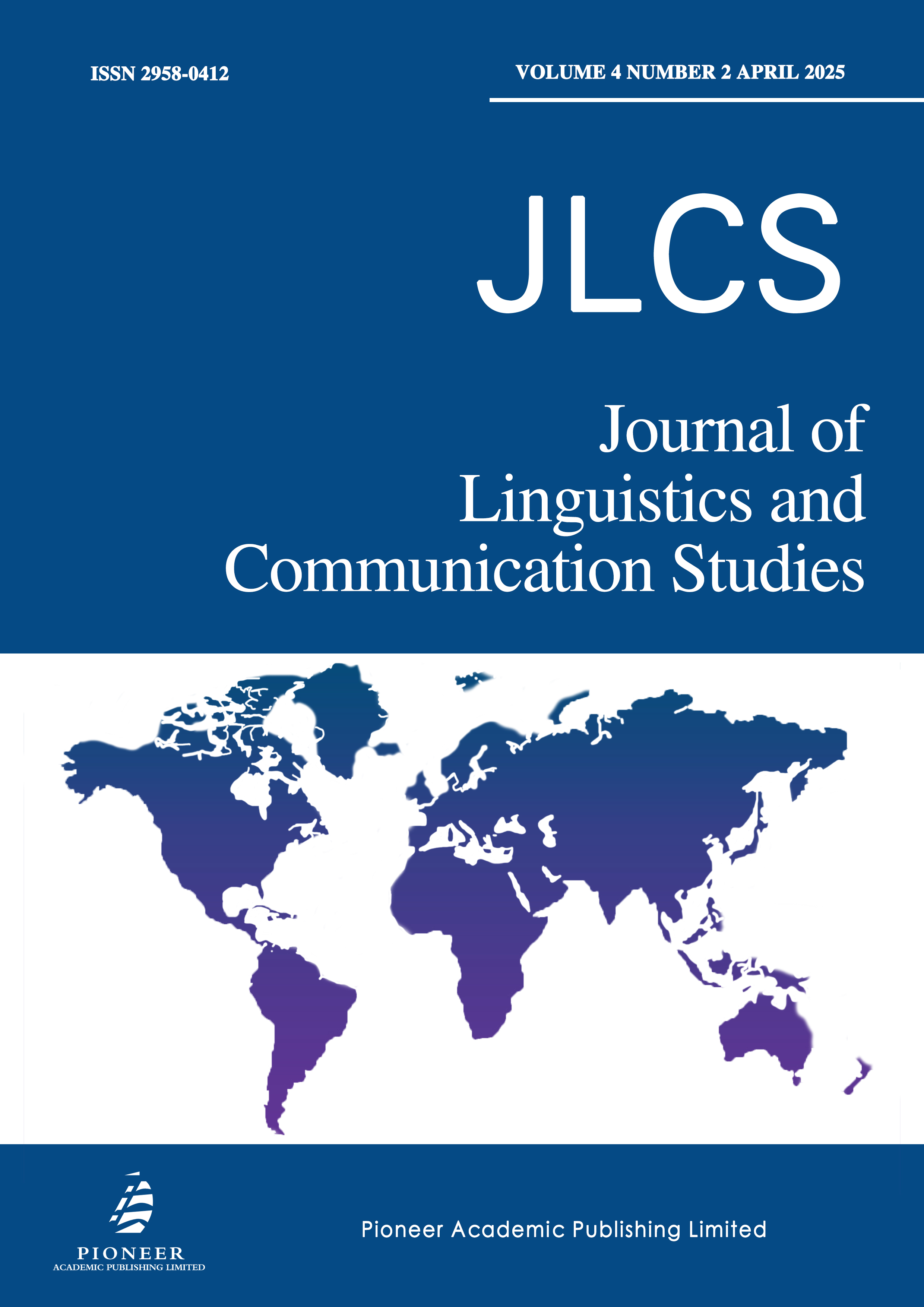Competition, or Cooperation? Ernie Bot — ChatGPT Relations Represented in China Daily’s Coverage of AIGC (2022-2024)
Keywords:
China Daily, corpus linguistics, critical discourse analysis, AIGC, ChatGPT, Ernie BotAbstract
This study combines Critical Discourse Analysis (CDA) and corpus linguistics to examine how China Daily communicated the development of Artificial Intelligence Generated Content (AIGC) technology to international audiences between 2022 and 2024. Adopting Van Dijk’s socio-cognitive approach as the theoretical framework, the study analyzes the representation of two key AIGC entities, ChatGPT and Ernie Bot, and investigates how their depiction reflects the broader dynamics of the China-US relationship in the context of AIGC development. The corpus consists of 120 news articles from China Daily, which were analyzed using keyword analysis, collocation analysis, and concordance analysis to identify linguistic patterns and discursive strategies. The findings reveal that China Daily strategically employs specific modalities and collocations to construct distinct representations of ChatGPT and Ernie Bot. ChatGPT is portrayed as a symbol of global AI advancement, while Ernie Bot is framed as a representative of China’s independent innovation and technological self-reliance. Through these representations, China Daily positions China as a nation emphasizing mutual understanding and cooperative development, in contrast to the United States, which is depicted as prioritizing competition despite limited collaboration in certain areas. Furthermore, the discourse highlights the importance of China-US cooperation in addressing global challenges, such as climate change and the alignment of advanced AI systems, even amidst tensions over high-performance computing chips and semiconductors. These findings underscore the alignment of China Daily’s discourse with China’s broader strategic goals, including promoting shared development in AIGC technology and advancing the vision of a community with a shared future in cyberspace. By grounding macro-level interpretations in micro-level linguistic analysis, this study demonstrates how discourse shapes perceptions of technological development and international relations, offering insights into the interplay between language, power, and ideology in media representations of AIGC.


